Tequila is a great spirit to sip or to mix into cocktails, that primarily depends on the type of tequila you're drinking. Each type differs in color, age, and taste. For example, an unaged Blanco Tequila is known for its bright and crisp flavor, making a Margarita cocktail so refreshing. An Extra Añejo, on the other hand, is best to sip neat at room temperature to indulge in the complex flavor profile the spirit developed during aging.
The United States is the number one importer of the Mexican agave spirit from Jalisco. In 2022, Mexico exported more than 393 million liters of tequila worldwide. More than 85% of it (around 338 million liters) went straight to its neighbor, the US.
Let's dive in and find out how the different styles and types compare.

The main types of tequila are Blanco, Reposado, and Añejo. But besides these three, there are more styles and types to discover. Yet, what are the differences between the various tequila types? Discover what sets the basic types of tequila apart.

Blanco Tequila is an unaged or slightly aged tequila that rests in stainless steel tanks or barrels for up to 60 days. This type is the purest version of tequila, also known as silver tequila or tequila plata, referring to its usually colorless appearance.
Blanco Tequilas are typically not your first choice as a sipping tequila, although you can find several bottles excellent for sipping. Instead, its bright and crisp taste is best in combination with lime juice or orange juice in classic tequila cocktails like Margaritas, Palomas, Tequila Sunrise, or Ranch Water. In fact, most of the best tequilas in Margaritas are blancos.
The flavor profile in a Blanco Tequila can vary a lot. Some may be more one-dimensional and agave-forward, while others have more complex flavor profiles, including flavors like citrus, pepper, spices, and vanilla.
If you're not used to the taste of this agave spirit, sipping a Blanco might not be enjoyable at first. However, if you get used to its bright taste, a Blanco can become an exciting type of tequila to sip.
Our recommendation for a Blanco Tequila: Fortaleza Blanco
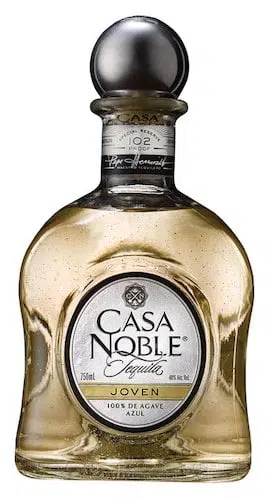
Joven Tequila is a blended tequila type produced by mixing aged and unaged tequila. The term Joven is the Spanish word for young and indicates we are not talking about aged tequila that matured for an extended time. Its characteristic amber color is the reason it's often called "Oro" or "gold" Tequila.
There are two different ways to achieve this amber color. In the best case, Joven Tequila is a blended mix of unaged and aged Tequilas. But unfortunately, most of the time you get a Blanco Tequila blended with added coloring and flavoring.
This resulting Gold Tequila is typically flavored with additives like oak extract, caramel coloring, glycerin, and others. In many cases, these bottles are mixto tequilas (see explanation below), tequilas distilled from only 51% agave sugars.
Our recommendation for a Joven Tequila: Casa Noble Joven Tequila
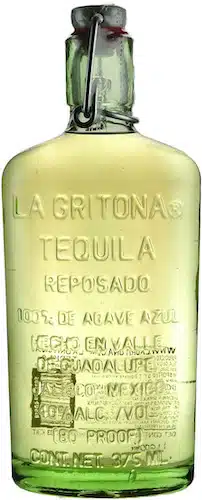
A Reposado Tequila (speaks: “reh-puh-saa-dow”) is an aged Tequila. After distillation, the spirit matures in oak or Holm oak barrels for at least 60 days and up to one year. Reposado tequilas have a darker, almost golden color, and the flavors are often sweeter than in a Blanco, with notes like warm cinnamon, spices, vanilla, honey, and nuts.
Reposados can be great sippers but don't necessarily have to be. Instead, they're an excellent alternative to Blanco Tequilas in cocktail recipes. Their sweeter and more mature taste turns the flavor profile into a more complex and mellow version of the drink.
Within this tequila category, there's an immense variety. Some bottles are barely different from Joven Tequilas, while others stay in the barrel for almost a year and are quite close to the flavor profile of an Añejo Tequila.
Our recommendation for a Reposado Tequila: La Gritona Reposado Tequila

Añejo tequila ages for at least one year in French oak barrels. The term "Añejo" printed on the label of bottles translated to "old."
If we compare that to whiskey or rum, aging for one year would by no means qualify as old. But in the world of tequila, it does. That is not least due to one major disadvantage Tequila producers have:
Agave plants (maguey) take almost a decade to grow before one can harvest them. That's a lot of time and effort already going into the product before it even exists. You may say that agave spirits mature before they're even produced as the plants give the spirit its distinct taste.
The barrels used for aging are often former whiskey barrels with a maximum size of 600l. Once filled, the sealed casks are set aside for one year or more. Age then gives the beautiful dark amber color to the tequila, while it also develops complex flavors and aromas.
The taste may vary from okay and spicy to warm and sweet, with a buttery texture and hints of vanilla. That makes the Añejo type perfect for sipping neat or on the rocks, just like other brown spirits.
Our recommendation for an Añejo Tequila: Herradura Añejo Tequila

Extra Añejo is a premium tequila type, aged for at least three years in the same barrels as Anejo Tequila. This type is relatively new and evolved due to the rising popularity of the agave spirit and the growing demand for aged premium spirits.
It was first released in 2006 and quickly became very popular. The main reason is that aged tequila develops very intense, deep, and intriguing flavor profiles with notes of dark caramel, chocolate, cinnamon, and vanilla. There are some top-shelf Extra Añejo Tequilas that are comparable to fine cognacs in terms of complexity - and also in price.
The first time I tried an excellent Extra Añejo Tequila, I was blown away by its taste. Should you want to share the experience, it was a glass of Jose Cuervo's Reserva de la Familia. Certainly not cheap, but it is worth its price tag.
Our recommendation for an Extra Añejo Tequila: Jose Cuervo Reserva de la Familia
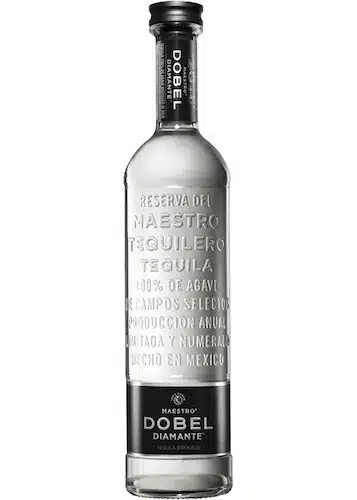
Cristalino Tequila is basically an Añejo Tequila that's charcoal filtered or re-distilled after aging in barrels to remove the dark color. These aged, filtered tequila types will not only lose the color obtained from barrel-aging but also most of their flavor due to losing tannins.
In return, a Cristalino tastes much lighter than a classic Añejo and has pronounced floral and fruity notes. The result is a clear Tequila that somewhat lost its identity. It's somewhere in between Blanco and Añejo.
The Cristalino type is officially recognized by the Tequila Regulatory Council, but not yet listed as an official category of tequila like the five types above. However, it seems this is just a matter of time at this stage.
Our recommendation for a Cristalino Tequila: Maestro Dobel Cristalino Tequila Diamante
Tequila Curados are a blend of tequila and natural ingredients like fruits. Typical flavorings are lemon, lime, orange, strawberry, and pineapple.
Tequila Curados only need to contain 25% agave during the fermentation process. That's even a lot less than a mixto tequila needs. The fact that additional sweeteners, coloring, and flavors are allowed makes this type very debatable. According to the standard, up to 7.5% can be "non-traditional" ingredients.
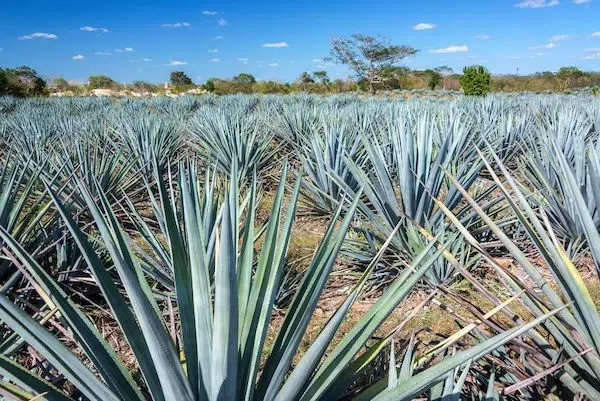
Mixto means that tequila is not only distilled from agave, let me explain. Technically, true tequila can be produced in any of the five states included in the Appellation of Origin, including Jalisco, Nayarit, Michoacán, Guanajuato, and Tamaulipas. These tequilas can either be 100% agave tequila or a mixto. These mixtos use a minimum of 51% agave sugars to distill a spirit.
Here's a quick overview of the differences between a mixto and 100% agave tequila.
As the name implies, the mixto Tequilas are mixed. That means that, before the fermentation process, other sugars are added to the mix.
On paper, most of this sugar still has to come from blue agave. However, on closer inspection, that translates to a reality of 51% natural sugar being enough to classify as a Tequila mixto.
So, half the sugar of a Mixto can be whatever the producers want, which you can also identify by taste. -The agave notes are barely there in some cases. That makes these bottles easier and much cheaper to produce. We highly recommend to only buy 100% agave tequila.
The most annoying part is that you will never find the word "mixto" on a bottle. The Mixto is sold as just "Tequila" all the same. Therefore, only if the bottle states it's 100% agave you know that you have the real deal. Therefore, be wary next time you stock up your home bar.
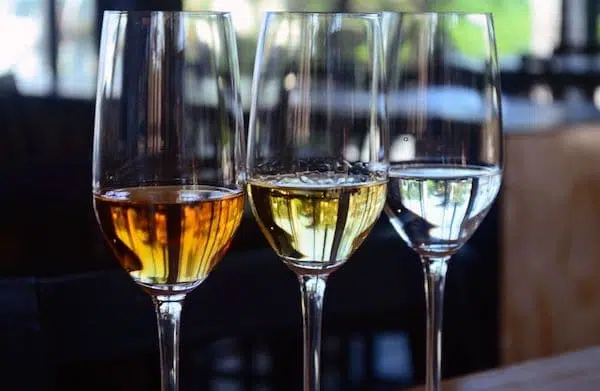
Tequilas of this class are made of blue agave only. They get distilled from the piñas of the blue agave plant without added sugars.
Further, 100% agave Tequila must be bottled within the designated production territory. Usually, those Tequilas are of the highest quality. Thus, ideally, you would only drink Tequila shots that fall into this class. That will save you from some severe headaches.

Tequila is a distilled spirit from Mexico and a specific sub-type of mezcal. It's strictly regulated and can only be produced in a few Mexican states.
While tequila is produced from one type of agave only (blue agave plant or blue Weber agave), you can use an enormous variety of agave plants for the distillation of mezcal. In total, over 30 different maguey may be used to produce mezcal.
However, that's only a quick overview. If you want to learn more about the connection between Mezcal and Tequila, you can read about it in this article dedicated to the differences between Mezcal and Tequila.